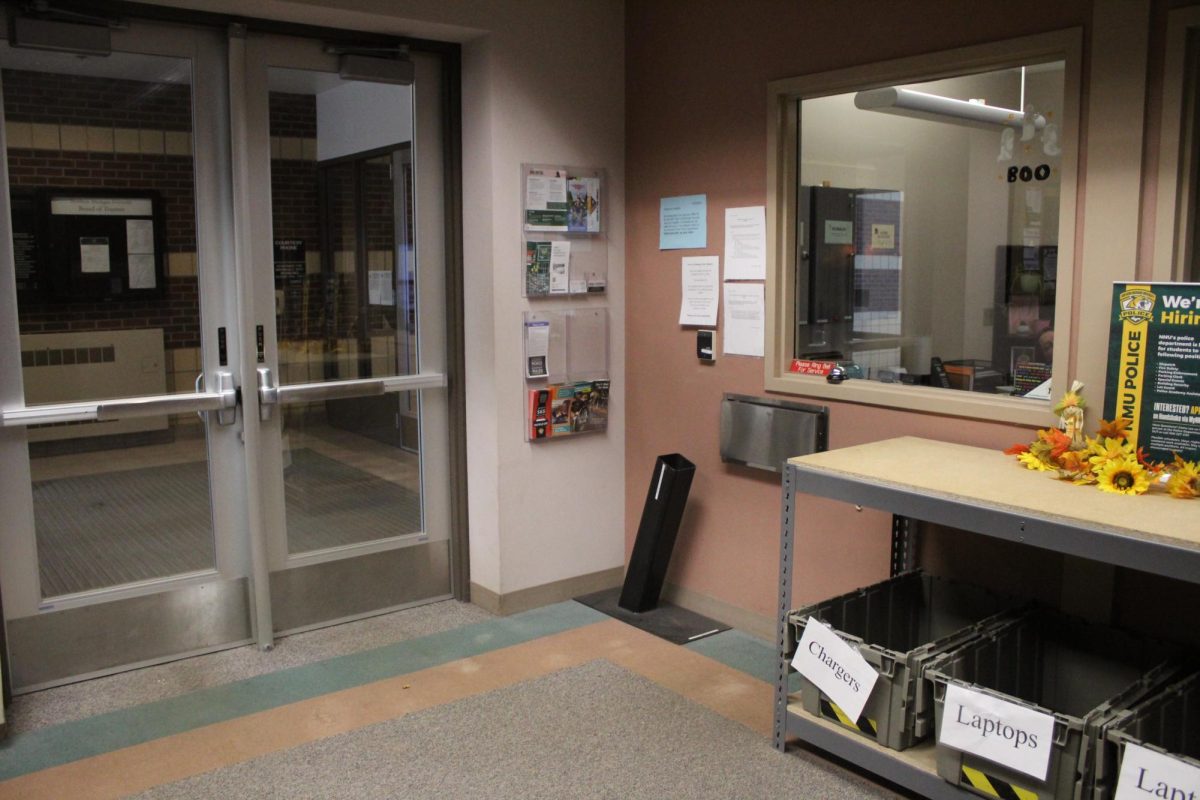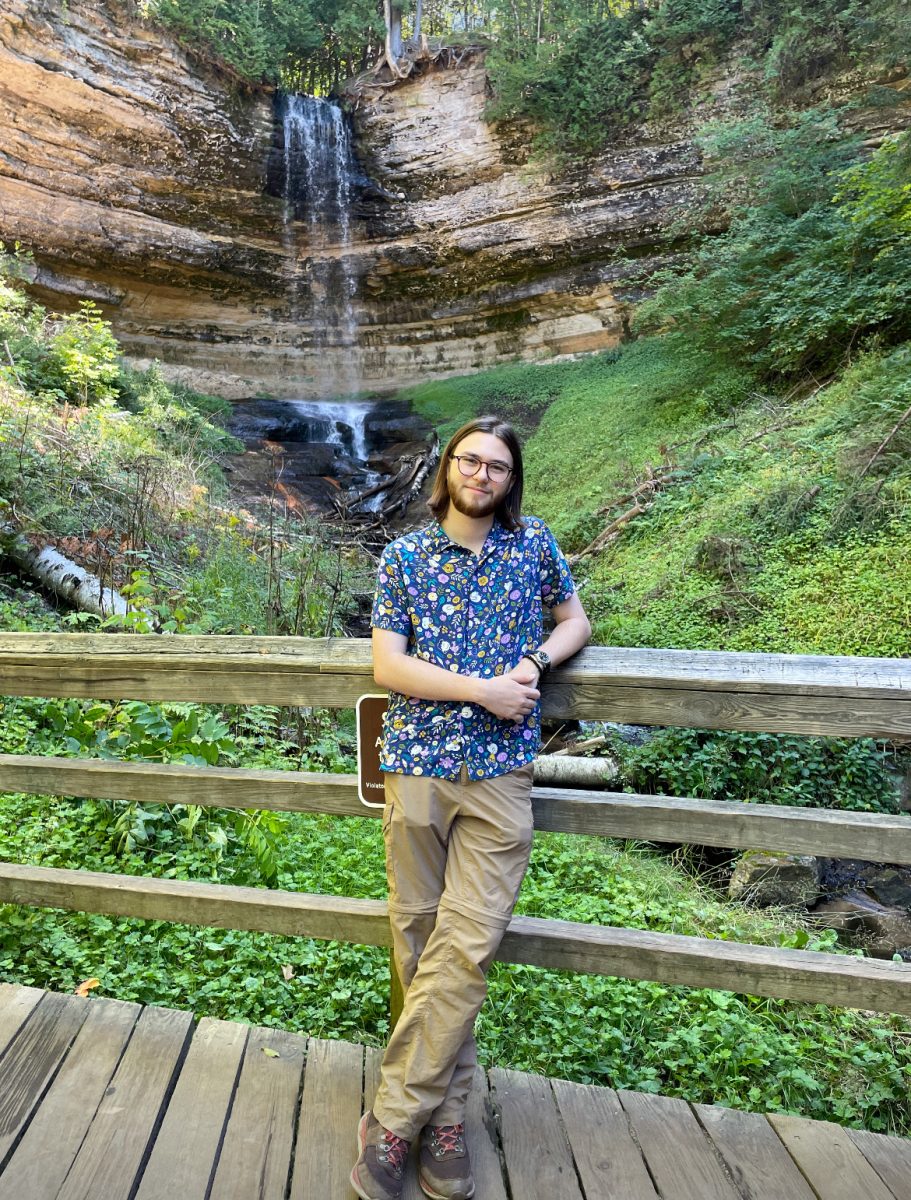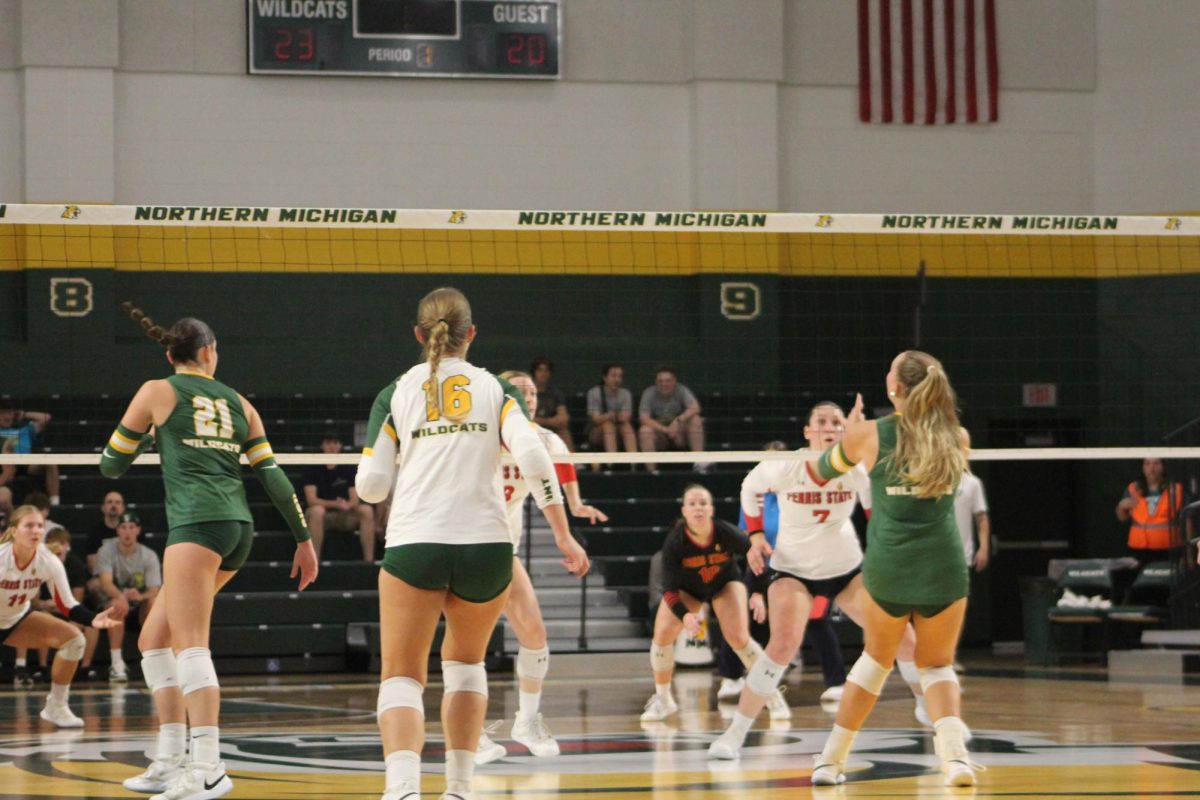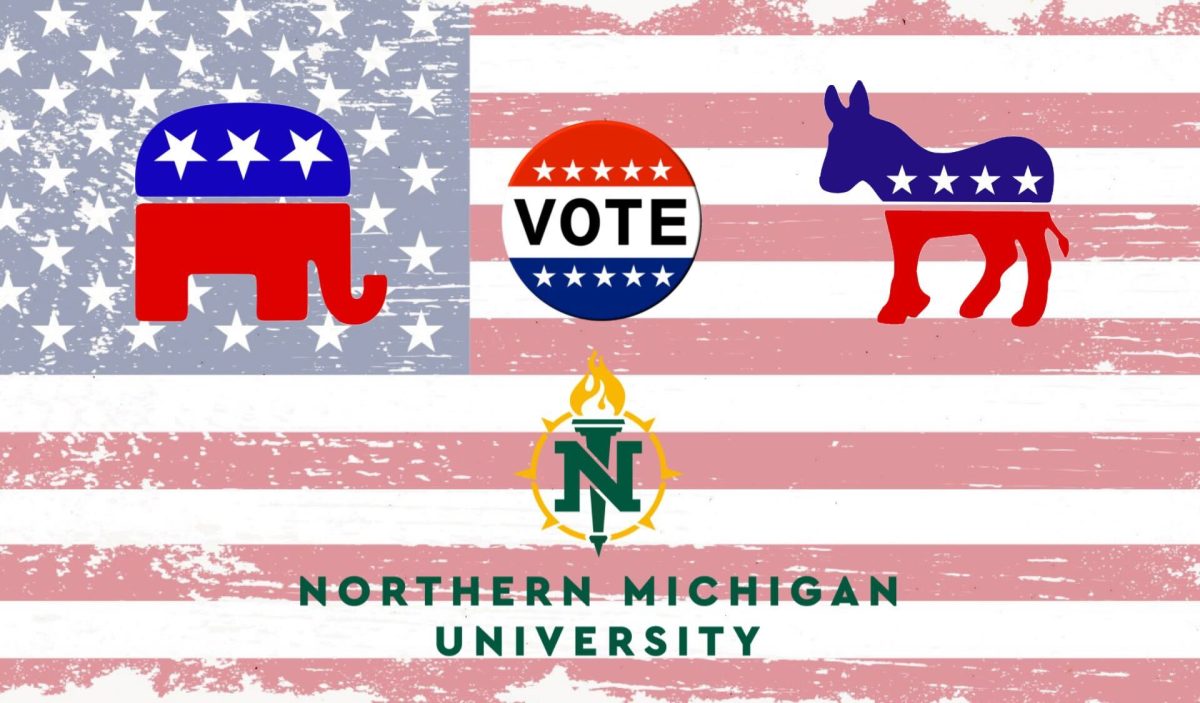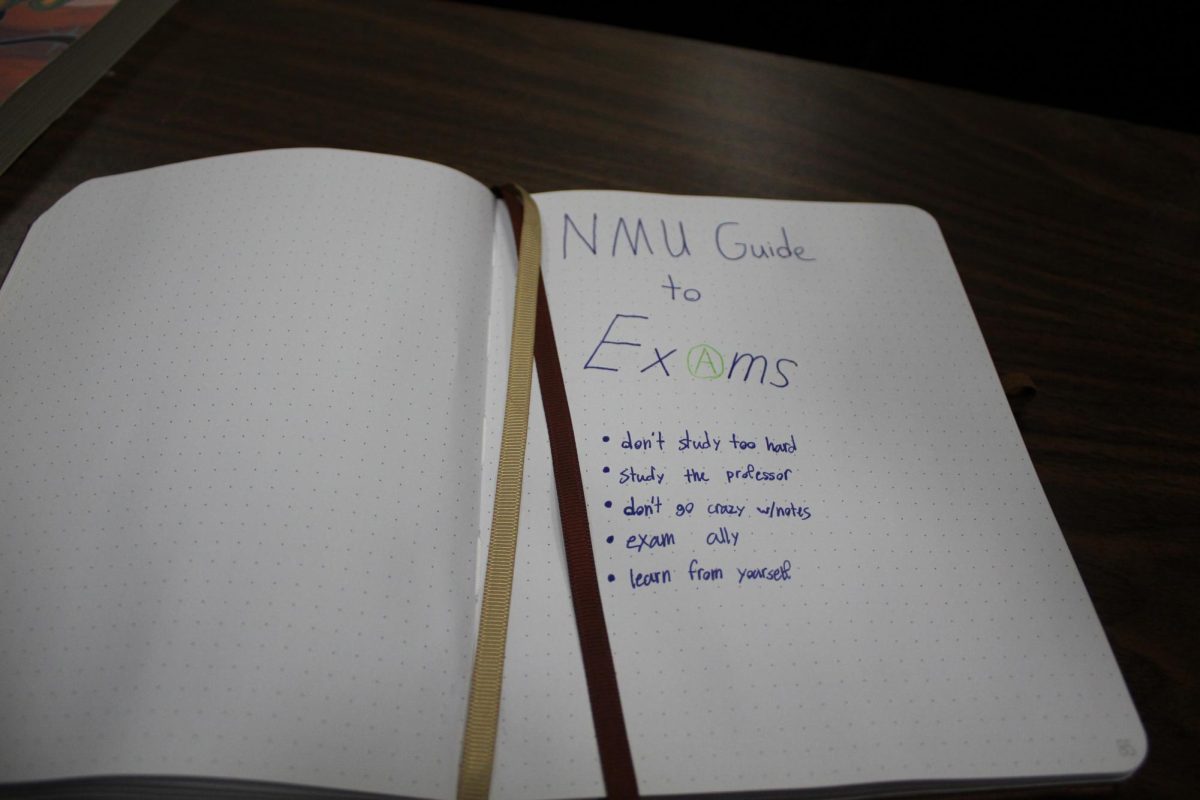On Feb. 17, President Donald Trump on Twitter branded the “FAKE NEWS media” as “the enemy of the American people,” specifically calling out NBC, ABC, CBS, CNN and The New York Times, you know, many of the most widely trusted news outlets in the country. As a journalist myself, it’s difficult not to feel hurt by this. I got into journalism because I want to help people. I still do, and I still am.
The fact is that just because Trump calls journalists like me “the enemy,” doesn’t make me so. Many of us journalists care about the difference that our reporting can make in people’s lives, and we try our best to provide accurate and unbiased coverage of news events.
But in our media culture today, sadly, many people do not distinguish facts from opinions. It’s not because they can’t. It’s because they don’t even try. Even when speaking about The North Wind, readers judge the accuracy, honesty and objectivity of our news reporters based on the opinion section: based on opinion columns, often by other writers, many of them one-time contributors. Does that sound like a fair judgement against journalists to you?
Examining the issue in broader terms, many people use facts to bolster their preconceived opinions and disregard those facts that contradict their goals, rather than doing the opposite, which would be forming their opinions based around facts. You shouldn’t reject factual stories just because you disagree with their findings. That’s not how to become an informed, free-thinking and logical individual.
That said, the old adage that not everything you read online (or anywhere) is automatically true, is true.
If an issue is truly important to you, then it should be important enough that you set aside a few minutes or more to do a little of your own investigating. With Google and the vast knowledge of the internet at our fingertips today, we have little excuse for not learning more about issues. Granted, professional journalists do have access to sources that the average Joe might not, but that’s not an excuse to be ignorant of accessible facts.
Your first step is to get your news from more outlets than just Facebook. Newspaper and magazine journalists do a lot of original reporting, from which stories are often picked up for nightly news broadcasts, which makes sense because local reporters are usually the first ones on the scene of a news story. So start there.
Next, read further than the headline and the first paragraph of a news story. Too often, we skim through headlines without bothering to actually examine the details. Plus, sometimes, whether intentionally or not, headlines can be misleading. Don’t be misled. Read.
Furthermore, public figures like Trump make controversial claims all the time. Just because someone claims something, doesn’t make it true, whether they’re the President or me. PolitiFact is a Pulitzer Prize-winning news website that fact-checks the claims of numerous public figures and organizations. It’s never a bad idea to see what their team of journalists have found out.
All journalists are supposed to attribute the sources of their information. They’ll say “according to the FBI,” for example. When stories are published in one news outlet and picked up by others, these will have attribution phrases like “The Washington Post reported.” In online stories, many of these sources have handy links you can click on to follow. Your goal should always be to follow the story back to the original sources of information.
Finally, don’t be afraid of hearing opinions too. Listen to news commentary from all sides of the political aisles. By hearing others’ points of view on issues, you can broaden your knowledge and perspective. Plus, since you’ve done your own research, you can now distinguish better between who’s telling the whole truth and who might be excluding vital facts to advance their own agenda.








